Spiral aloe, Kangaroo Island, Australia
© Michael Melford/Alam
Nature's secret code. Fibonacci Day
On Fibonacci Day, mathematicians and scientists honour one of their own: Leonardo Bonacci. More commonly known as Fibonacci, the medieval mathematician is notable for popularising the Hindu-Arabic numeral system, with its use of zero, decimal points and 10 numbers instead of the ponderous Roman numeral system. He's most famous, however, for his sequence of numbers: 0, 1, 1, 2, 3, 5, 8... By adding the first two numbers, you arrive at the third, and adding the previous two numbers, you arrive at the next number and so on. Disregarding the zero, the first four numbers correspond to today's date, 11/23.
The number sequence also corresponds to the golden ratio. This mathematical phenomenon is found in nature, including the spiral shapes of nautilus shells, sunflower seeds, pinecones and the leaves of the spiral aloe plant in today's image. The Fibonacci numbers were first introduced in Indian mathematics around 200 BC, when the mathematician Pingala explored the different patterns of Sanskrit poetry, which were composed using syllables of two different lengths.
Bing Today Images
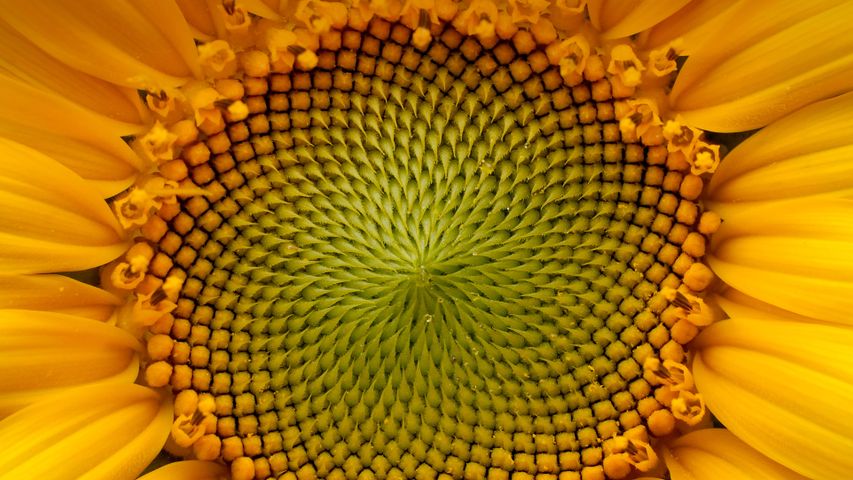
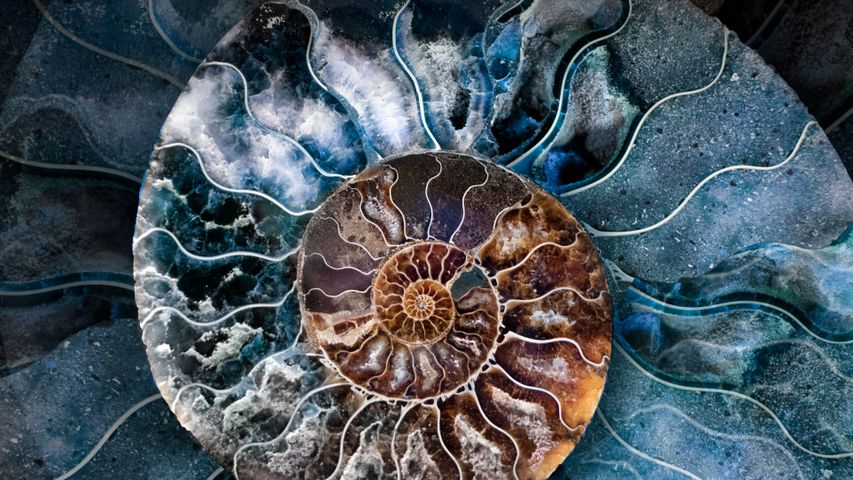

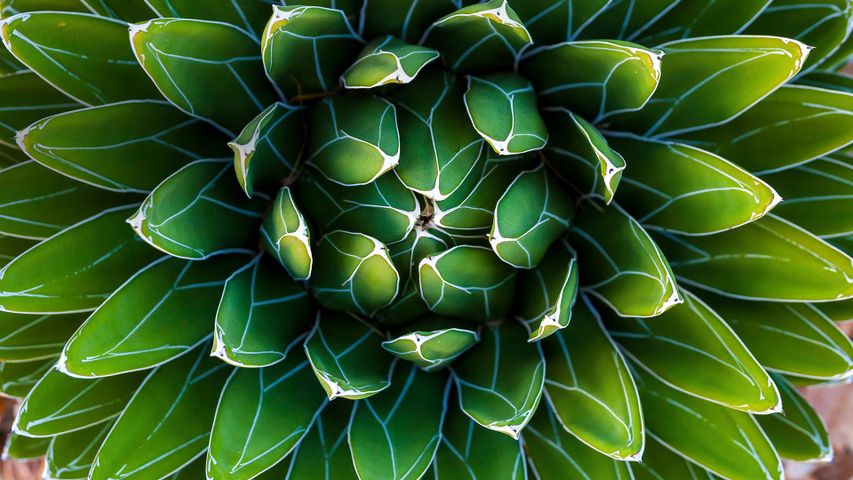
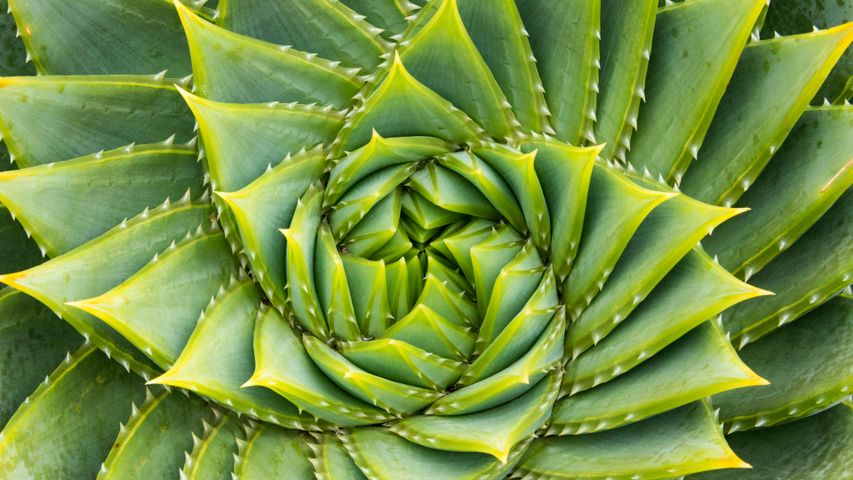
 El Capitan at sunrise in Guadalupe Mountains National Park, Texas
El Capitan at sunrise in Guadalupe Mountains National Park, Texas
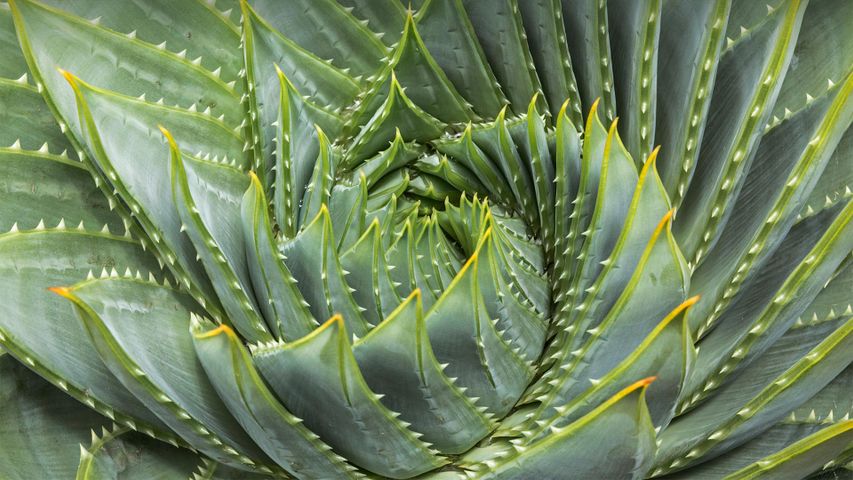 Spiral aloe
Spiral aloe
